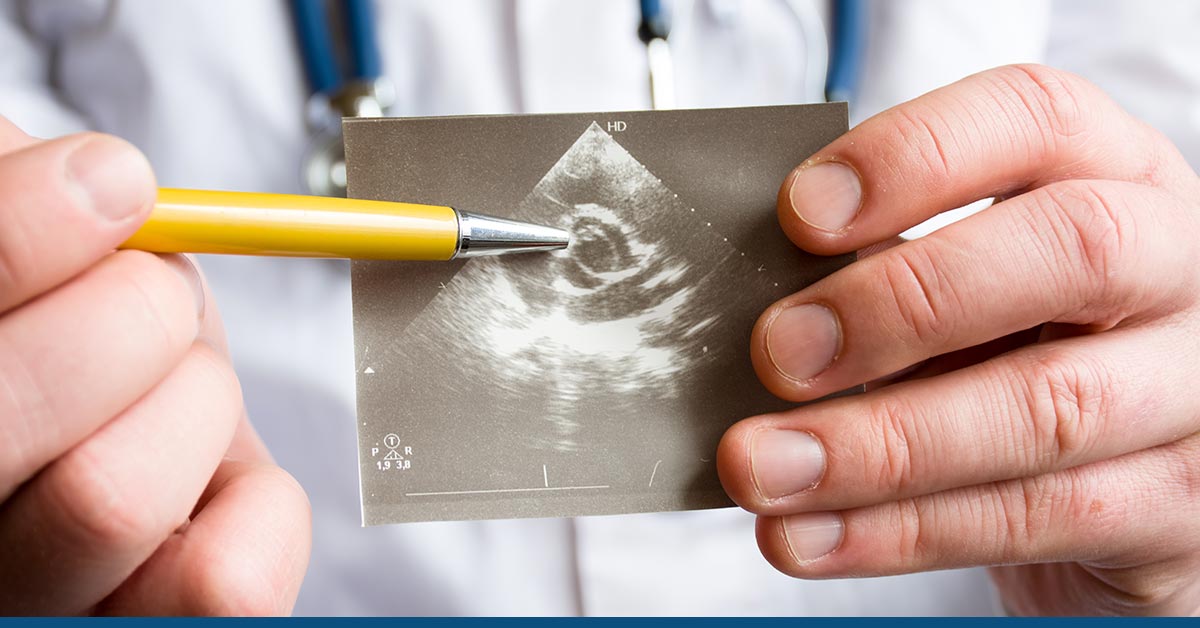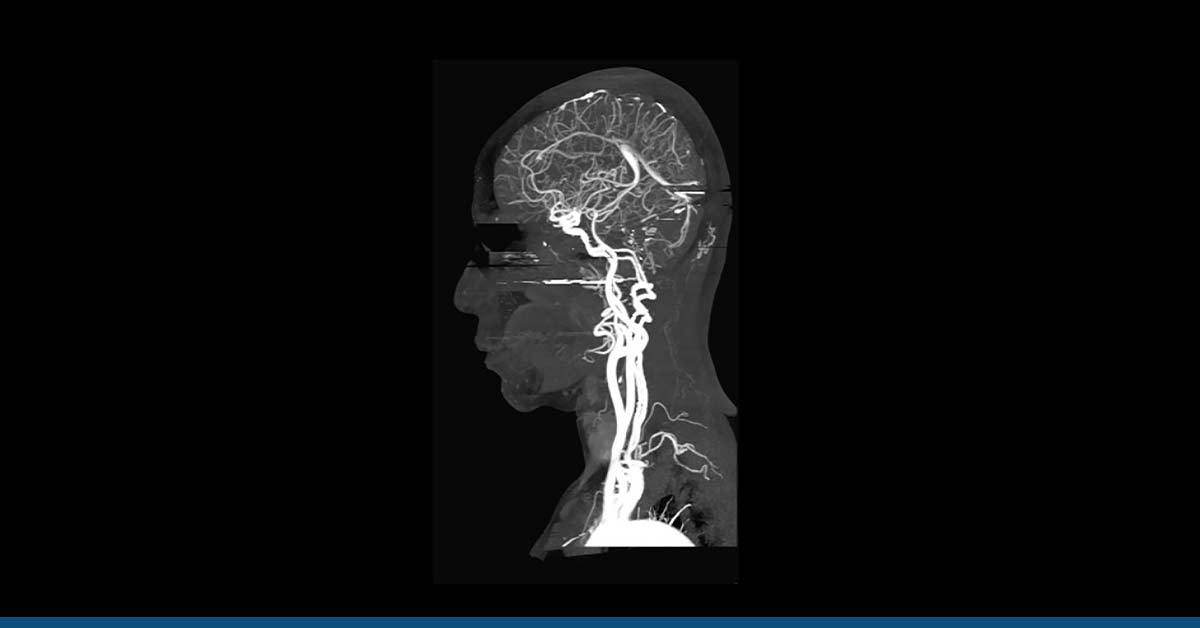Arrhythmogenic right ventricular cardiomyopathy (ARVC) is a rare but potentially serious heart condition in which the muscle tissue in the heart’s right ventricle is replaced by fatty or fibrous tissue.
This can lead to abnormal heart rhythms, known as arrhythmias, and increase the risk of sudden cardiac arrest.
ARVC is a genetic condition typically inherited in an autosomal dominant pattern, which means an affected individual has a 50% chance of passing the condition on to each of their children.
The symptoms of ARVC can vary widely but may include palpitations, shortness of breath, fainting, and sudden cardiac arrest.
Diagnosis of ARVC typically involves a combination of imaging tests, such as echocardiography and cardiac MRI, electrocardiography (ECG), and genetic testing.
Treatment may involve medications to manage arrhythmias and implantable cardioverter-defibrillators (ICDs) to help prevent sudden cardiac arrest. In some cases, heart transplantation may be necessary.
Table of Contents
ToggleWhat Causes Arrhythmogenic Right Ventricular Cardiomyopathy
Arrhythmogenic right ventricular cardiomyopathy (ARVC) is a genetic condition caused by gene mutations in the heart muscle’s structure and function.
These mutations can replace the heart’s normal muscle tissue with fatty or fibrous tissue, impairing the heart’s ability to pump blood effectively and increasing the risk of arrhythmias.
The specific genes associated with ARVC heart vary, but the condition is most commonly caused by mutations in genes that code for proteins involved in cell-to-cell adhesion, which is the process by which cells stick together to form tissues.
These proteins are particularly important in the heart muscle, as they help maintain the heart’s structural integrity and coordinate the contraction of heart muscle cells.
In some cases, ARVC can also be caused by gene mutations that code for proteins in the electrical signaling that controls the heart’s rhythm. These mutations can disrupt the normal pattern of electrical activity in the heart and increase the risk of arrhythmias.
While ARVC heart is a genetic condition, not all individuals with the genetic mutations associated with the condition will develop symptoms. In some cases, environmental factors, such as exercise or infection, may trigger the onset of symptoms.
Risks for Arrhythmogenic Right Ventricular Cardiomyopathy
Here are some of the factors that are known to increase the risk of ARVC:
Family history:
ARVC heart is typically inherited in an autosomal dominant pattern, meaning an affected individual has a 50% chance of passing the condition on to each of their children. If a close family member has been diagnosed with ARVC, an individual may be at increased risk of developing the condition.
Age and gender:
ARVC typically affects young adults, with most cases diagnosed between the ages of 20 and 40. Men are also more likely to develop the condition than women.
Exercise:
Vigorous exercise can increase the risk of developing symptoms of ARVC, particularly arrhythmias. As a result, individuals with a family history of ARVC or other risk factors may be advised to limit their participation in competitive sports or other high-intensity activities.
Other heart conditions:
Individuals with other heart conditions, such as coronary artery disease or heart failure, may be at increased risk of developing ARVC or experiencing complications associated with the condition.
Infections:
Certain viral infections, such as those caused by the coxsackie B virus, have sometimes been linked to the development of ARVC.
Other genetic factors:
While mutations primarily cause ARVC in specific genes, other genetic factors may also play a role in the development of the condition or influence its severity.
Symptoms of Arrhythmogenic Right Ventricular Cardiomyopathy
The symptoms of arrhythmogenic right ventricular cardiomyopathy (ARVC) can vary widely from person to person, and some individuals with the condition may not experience any symptoms at all. However, some common symptoms of ARVC include the following:
Heart palpitations:
Many individuals with ARVC heart experience heart palpitations, which can feel like a fluttering or racing sensation in the chest.
Fainting or near-fainting episodes:
ARVC can cause a sudden drop in blood pressure, which can lead to fainting or near-fainting episodes (syncope).
Chest pain:
Some individuals with ARVC may experience chest pain or discomfort, particularly during physical activity.
Shortness of breath:
ARVC can cause shortness of breath, particularly during physical activity or periods of exertion.
Fatigue:
Individuals with ARVC may experience fatigue or weakness, even with mild exertion.
Swelling:
In some cases, ARVC can cause swelling in the legs or feet.
Arrhythmogenic Right Ventricular Cardiomyopathy Life Expectancy
ARVC life expectancy can vary depending on a range of factors, including the severity of the condition, the age at which it is diagnosed, and the effectiveness of treatment. Some individuals with ARVC may experience only mild symptoms and have a normal life expectancy.
In contrast, others may experience more severe symptoms and complications, reducing life expectancy. In some cases, ARVC can lead to sudden cardiac death, particularly in young adults who engage in competitive sports or other strenuous physical activities.
However, with appropriate treatment and management, many individuals with ARVC can lead full and active lives.
Treatment may involve medications to manage symptoms and lifestyle modifications, such as avoiding strenuous physical activity, limiting caffeine and alcohol intake, and avoiding stimulant medications. In some cases, more aggressive treatment may be necessary, such as implanting a pacemaker, defibrillator, or even heart transplantation.
Diagnosis of Arrhythmogenic Right Ventricular Cardiomyopathy
Diagnosis of arrhythmogenic right ventricular cardiomyopathy (ARVC) can be challenging, as the condition can be difficult to detect in its early stages and can be mistaken for other heart conditions. However, several tests and procedures may be used to diagnose ARVC, including:
Physical exam:
A healthcare provider may perform a physical exam to check for signs and symptoms of ARVC, such as heart murmurs, abnormal heart rhythms, or swelling in the legs.
Electrocardiogram (ECG):
An ECG is a noninvasive test that records the heart’s electrical activity. Abnormalities in the ECG may indicate ARVC.
Echocardiogram:
An echocardiogram uses ultrasound to produce heart images, which can help identify structural abnormalities in the heart that may indicate ARVC.
Cardiac magnetic resonance imaging (MRI):
A cardiac MRI can provide detailed images of the heart and can be used to detect structural abnormalities and other signs of ARVC.
Exercise stress testing:
Exercise stress testing involves monitoring the heart during physical activity to detect abnormalities in heart function or rhythm.
Electrophysiology study:
An electrophysiology study is an invasive test involving inserting catheters into the heart to evaluate heart rhythm and identify any abnormalities indicative of ARVC.
Treatment of Arrhythmogenic Right Ventricular Cardiomyopathy
Some common treatment options for ARVC include:
Medications:
Medications may be prescribed to manage symptoms such as arrhythmias, heart failure, and high blood pressure. These may include beta-blockers, calcium channel blockers, and other medications that help regulate heart function.
Lifestyle modifications:
Individuals with ARVC may need lifestyle modifications, such as avoiding strenuous physical activity, limiting caffeine and alcohol intake, and avoiding stimulant medications. Maintaining a healthy diet and managing stress can also help reduce the risk of complications.
Implantable cardioverter defibrillator (ICD):
An ICD is a device implanted under the chest’s skin to monitor heart rhythm and deliver a shock if a life-threatening arrhythmia occurs. This may be recommended for individuals at high risk of sudden cardiac death.
Catheter ablation:
Catheter ablation is a minimally invasive procedure that uses heat or cold energy to destroy small heart tissue areas causing arrhythmias.
Heart transplantation:
A heart transplant may be recommended in severe cases of ARVC being unresponsive to other treatments.
Lifestyle changes:
Making healthy lifestyle choices, such as maintaining a healthy weight, avoiding tobacco and excessive alcohol consumption, and engaging in regular exercise, can help reduce the risk of complications and improve overall heart health.
Conclusion
Take control of your health with HG Analytics’ advanced diagnostic tests. Our cutting-edge technology and expert team provide accurate and timely results to help you make informed decisions about your health. Don’t wait – book your test today and get the peace of mind you deserve!





